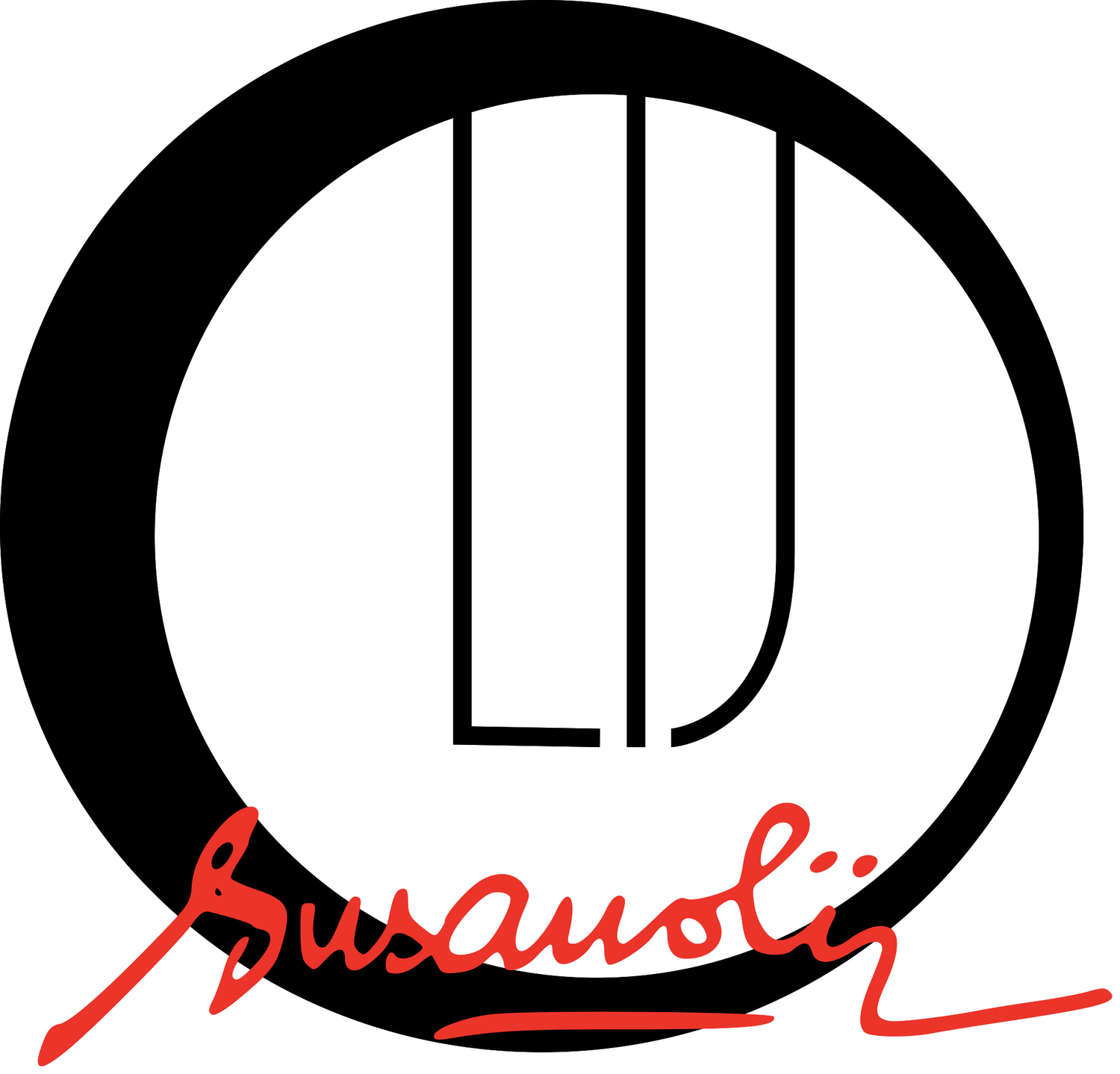Drawing with both Hands
What is the benefit of Drawing with Both Hands? Join my newest online workshop and find out. It’s a game changer for those in a rut and afraid of making mistakes. This is a workshop for all levels.
Sign up to read this post
Join Now
